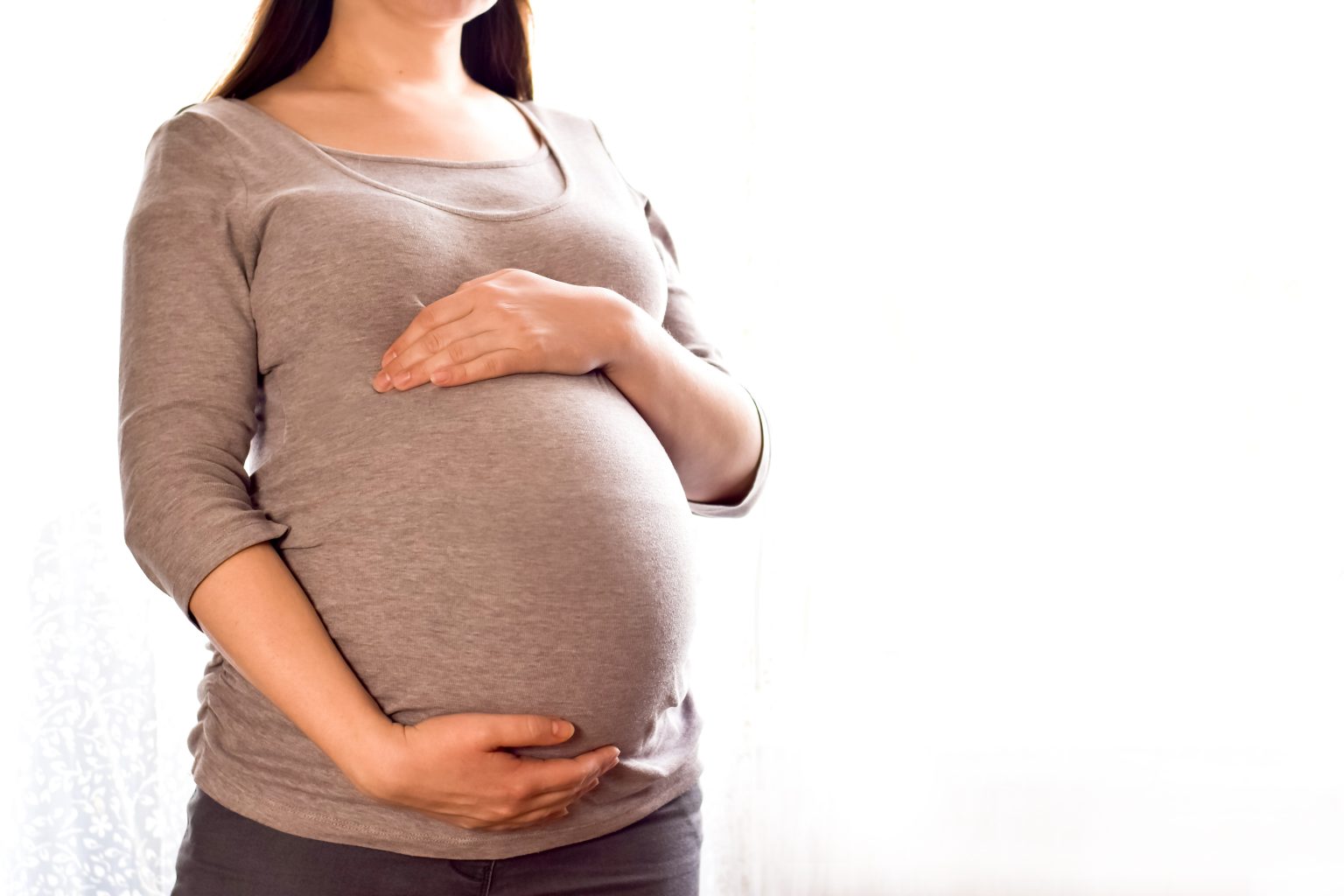Unfortunately, cardiac arrest is prevalent among every group of people, including pregnant women. Anyone can undergo cardiac arrest at any time, and so it is imperative that bystanders and first responders alike know what to do in these emergency scenarios. If a pregnant patient receives quick, effective care, both the mother and the child will have the best possible chance of survival.
Can you perform CPR on a pregnant woman?
The short answer: yes! If a pregnant woman is experiencing cardiac arrest, you absolutely should perform CPR. According to the AHA, “Resuscitation of the pregnant woman, including PMCD when indicated, is the first priority because it may lead to increased survival of both the woman and the fetus.”
It is understandable that bystanders might be hesitant to perform CPR when the patient is visibly pregnant for fear of harming the mother or the baby. However, it is important to know that CPR is still recommended for pregnant patients and, as always, it is essential that action is taken quickly. When a patient receives immediate CPR, their odds of survival increase by over 40%––so, it is vital that CPR is administered to pregnant women at the first signs of cardiac arrest.
How do you perform CPR on a pregnant woman?
Now that you know that CPR is recommended, let’s cover how to perform CPR on a pregnant woman. Generally, you’ll want to follow the same basic principles that you would use for anyone else when performing CPR on a pregnant woman.
1. Call 911
As soon as you notice that the patient is unresponsive and not breathing correctly, quickly dial 911. While you’re speaking to the operator, be sure to let them know that the patient is pregnant so that first responders are aware of the situation.
2. Perform CPR
While waiting for the first responders to arrive on the scene, you should begin administering CPR to the patient. Make sure that the patient is lying on their back in the supine position on a flat, hard surface like the ground or the floor. You’ll need to open the airway and confirm that the patient is not breathing properly. Then, begin delivering chest compressions. There is not a special pregnant CPR position; you can press down on the center of their chest as is standard for any patient who requires CPR. You should perform hard, fast compressions at around 100-120 beats per minute.
3. Use an AED
AED shocks are considered safe for women at any stage of pregnancy and shouldn’t harm the baby at all. Use of an AED will restart the heart and restore the patient’s regular heart rhythm. If an AED is accessible, turn on the device and follow the instructions given by the device itself. The device will either instruct you to deliver the defibrillation shock or to continue with CPR if it assesses that a shock is not necessary.
If at any point the patient becomes responsive, you can position them onto their left side. This will allow for better blood flow to their heart and to the baby.
Why is it necessary to perform CPR on a pregnant woman?
You should administer CPR whenever you are dealing with an unconscious patient who is unable to breathe. When a patient is in cardiac arrest, their bodies are not delivering an adequate supply of blood to the brain and other organs. For any patient, this can lead to serious complications.
In pregnant women, this could potentially impact the health of the fetus. When a patient is pregnant, they require 30-50% more blood flow in order to accommodate both the mother’s and the baby’s needs. Because of this, “pregnant women are particularly vulnerable to oxygen deprivation caused by cardiac arrest.” As such, in the event of cardiac arrest, CPR is critical so that blood flow is restored and the patient and fetus continue receiving oxygen.
The AHA explains that pregnant women are experiencing cardiac arrest at an increasing rate, and around 1 in 12,000 admissions for delivery in the U.S. results in a maternal cardiac arrest––and the number of patients who experience cardiac arrest outside of the hospital could be much higher. This can be caused by a number of conditions, including heart failure, amniotic fluid embolism, or hemorrhage.
Get CPR Certified with SureFire CPR
Ready to begin your CPR certification journey? You might save not just 1 but 2 lives!
SureFire CPR’s CPR Certification course will cover everything you need to know to provide care and deliver CPR for both pregnant and non-pregnant individuals. Our unique combination of experienced instructors, engaging and hands-on learning environments, and a 100% compliance guarantee makes us your perfect partner for CPR training and certification.
With multiple locations around California and an array of class day and time options, it’s easy to fit training into your busy schedule. If you would like to get your entire workplace or team trained at once, we’re happy to provide a quote for group CPR training. Or, you can explore our online BLS course options for a hybrid certification with a short skills check with one of our instructors at our office.
To get started, contact us by phone at (888) 277-3143 or online through our contact form. We can’t wait to hear from you!







